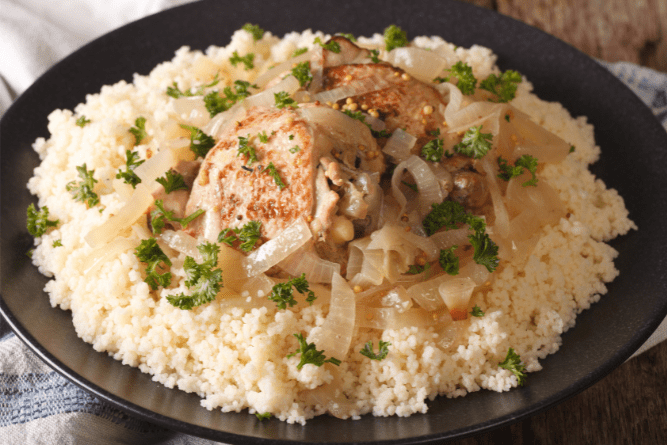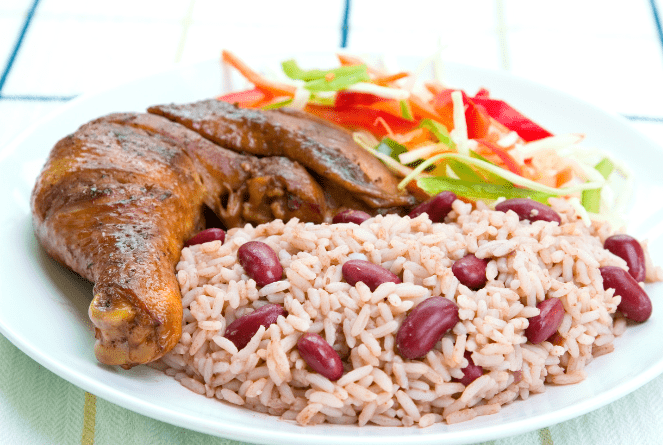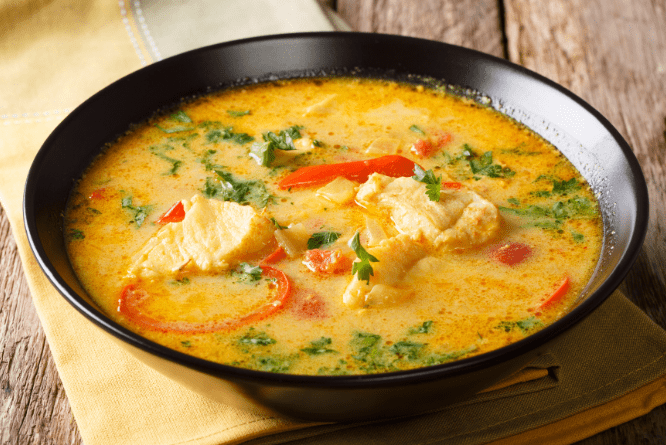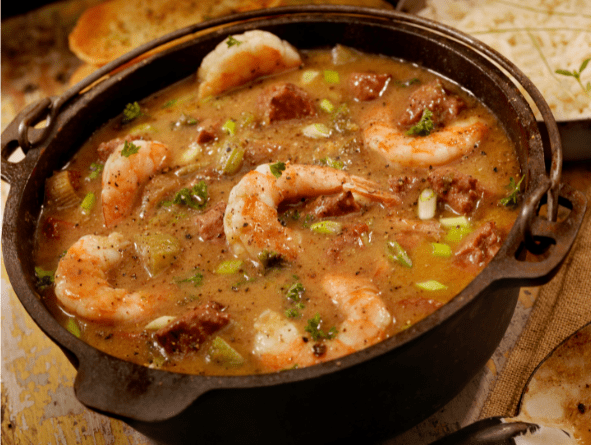 Eating healthier is a popular, worthwhile resolution, but for many people (including myself), it can also be a daunting task figuring out what is healthy and how you can cook delicious, nutritious meals. That is why Oldways, a nonprofit organization dedicated to public health, has made it their mission to promote healthy, sustainable eating and increase access to nutritional information and recipes through what they call heritage diets.
Eating healthier is a popular, worthwhile resolution, but for many people (including myself), it can also be a daunting task figuring out what is healthy and how you can cook delicious, nutritious meals. That is why Oldways, a nonprofit organization dedicated to public health, has made it their mission to promote healthy, sustainable eating and increase access to nutritional information and recipes through what they call heritage diets.
These diets focus on traditional foods eaten by our ancestors from all over the globe! Oldways provides hundreds of easy-to-cook recipes from regions like Latin America, Asia, the Mediterranean, and the star of this blog, Africa!
To celebrate African American History Month, we are going to highlight the African heritage diet so you can learn more about African cuisine and feel confident in using traditional ingredients in your home cooking.
Africa is the world’s 2nd largest continent with a large diversity of communities, cultures, languages, and food. For decades, African diets revolved around vegetables, fruits, whole grains, beans, nuts, fish, and poultry. Due to the Trans-Atlantic Slave Trade, African traditions and cuisine were disseminated across the world to influence regions in South America, the Caribbean, and the American South. Now, these regions have unique dishes that are fusions of their regional cultures and their ancestral ones.
West/Central Africa
Being such a large continent, Africa holds a rich history of thousands of different cultures with varying foods, but consistent dishes throughout the continent include soups made with vegetables or nuts accompanied by starchy sides like yams or millet, a small round grain. Another popular dish still served today is yassa which is a dish that involves marinated meat or vegetables in spices, lemon, and onion and is traditionally served with long-grain rice.
The Caribbean
Influenced by the new tropical environment and abundance of seafood, Afro-Caribbean cuisine took on an identity of its own when the African captives taken there adapted their own foods with Native American and European ingredients and techniques. Staples of the Caribbean including squash, greens like spinach, red and black beans, and seafood were incorporated into dishes. Tropical fruit especially was paired with seafood for new, unique flavors. Plantains, popular in Central and South America, also became a staple side dish in Afro-Caribbean cuisine.
South America
Many African descendants living in South America are in Brazil, but the continent houses millions of Afro-Latinos across every country whose cuisine has been influenced by Spanish, Native American, Portuguese, and African heritage. A consequence of this is dishes with vibrant colors and varying ingredients. Popular dishes across South America are variations of seafood stew made with either fish or shrimp in a base consisting of tomatoes, coconut milk, and palm oil and combined with other ingredients to create regional dishes.
The American South
The roots of African American cuisine originate from Africa and southern plantations. Vegetables such as collards, okra, cabbage, and other greens played a major role along with rice and beans, especially black-eyed peas. Creole cooking, which boasts a combination of African, French, Spanish, and Haitian foods, uses a base of celery, onions, and bell peppers for gumbo. Using a diverse range of veggies, grains, and beans is an outstanding way to eat healthy while following a heritage diet.
The American South is also unique in that there is a group of African Americans known as the Gullah who reside in South Carolina and Georgia who have preserved African culture, food, and language more so than any other diaspora region. The Gullah are descended from Africans who were brought to America as slaves and forced to work on large southern plantations. Due to their size and unique circumstances where plantation owners would leave them during the summer months, the African farmers were able to preserve and grow their culture more so than anywhere else in the U.S.
Tips for eating healthier the African Heritage Way
If you’d like to try your hand at an African Heritage Diet, follow these tips and browse the Oldways website for delicious recipes!
- Flavor your meals with more spices and less salt. Try using herbs like thyme or sage and spices like curry powder or paprika
- Eat larger portions of vegetables. This might seem obvious but try different vegetables in different ways and see what you like! Grilled, sauteed, baked, or raw--just try to incorporate more vegetables like squash, okra, cabbage, and green beans into your diet
- Try different meats or less meat. No need to go full vegetarian, but try substituting red meat for fish, chicken, or vegetables in your meals every so often
- Add more rice and beans to your diet. Try whole-grain rice or grains like millet and sorghum in soups or add them to beans like kidney beans or black-eyed peas
- Cook one-pot dinners with a mix of tubers, rice, beans, and vegetables to make tasty bowls or mash. Take advantage of the one pot to mix all the flavors and dirty fewer dishes!
- Look for natural snacks at grocery or convenience stores Peanuts or dried fruit can be healthy snacks and are better alternatives to processed foods.
- Try fruit for dessert. Fresh, frozen, or canned. Fruits are a great way to quell that sweet tooth after a savory meal.
- Make water more appetizing. If you struggle to reach your daily water intake, try adding fresh fruit or natural fruit juice to your water to give it some flavor
Explore more African Heritage-inspired cooking
Check out our collection for more inspiration, and you can also find free, healthy recipes in Medline Plus on our Online Resources







Add a comment to: Eating Healthy with an African Heritage Diet